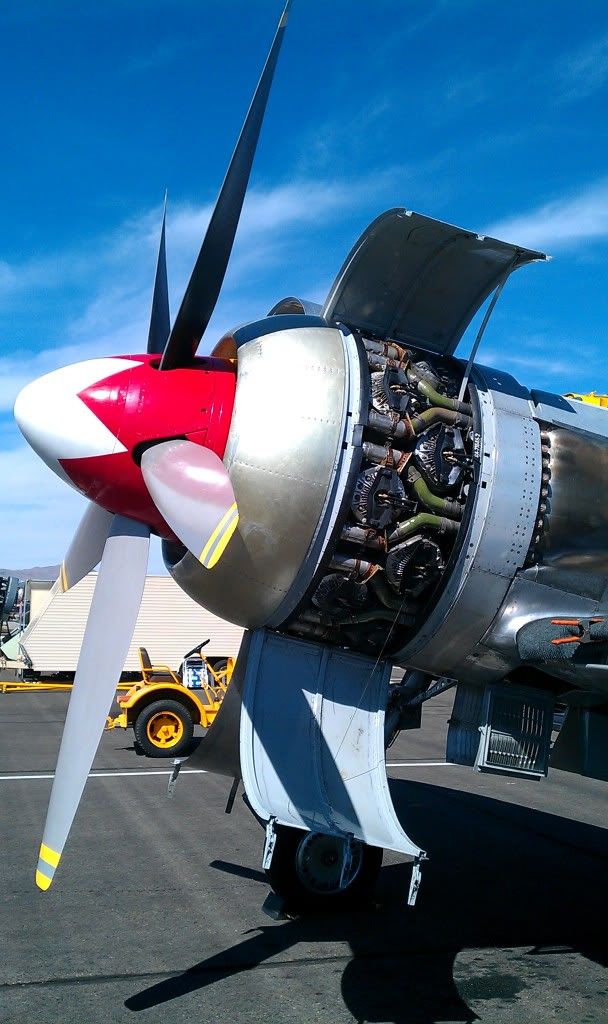Any prewar car fans hear? A while back I attended a car show in Chicago with a presentation for Avion Voisin (my most favorite car maker), and on almost all the car Gabriel Voisin made, he used sleeve valve engines. They were so smooth and quiet and powerful, yet the valves leaked so much oil, so much in fact that the exhaust smoke made the car look like it was a 2-stroke engine. I was curious what some of you may think of what kind of oil was used in these engines. I'm guessing something thick to help seal the valves, and lower smoke. And the cars were mainly used in Southern France, a place unaware of snow... any ideas?
Knight Sleeve Valve engine oil
- Thread starter 79sunrunner
- Start date






